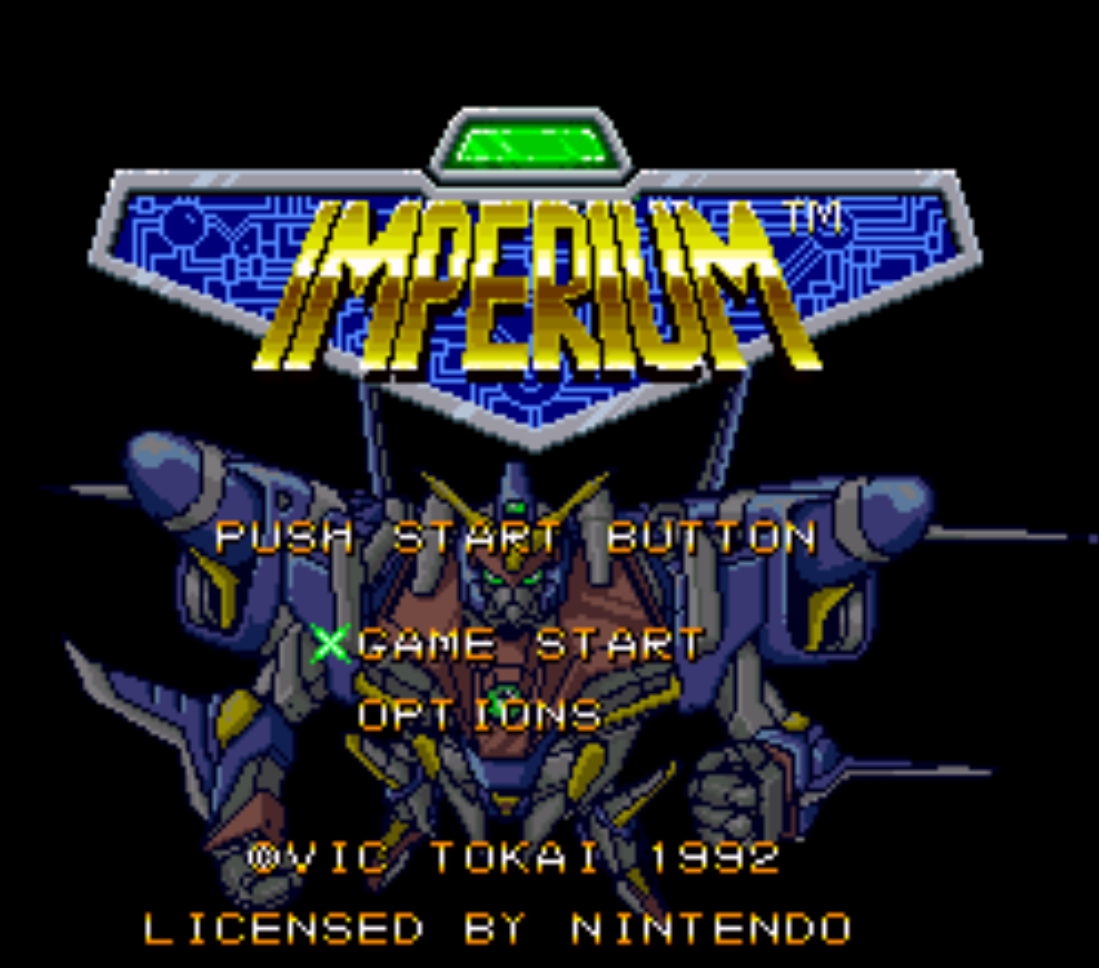Walkthroughs for many game formats/platforms. Freeola has over 1,700 walkthroughs for 12,348 games. When or whether hyphen disappears depends more on whether a specialized use becomes generalized. 'Passthrough,' for instance, has lost a hyphen, mostly because of a general use as a window-like opening from the kitchen. If enough non-specialized speakers read walkthroughs, then the hyphen will eventually disappear. A walk-through in the. This is a list of walkthroughs for all the Submachine games. 1: the Basement 2: the Lighthouse 3: the Loop 4: the Lab 5: the Root 6: the Edge 7: the Core 8: the Plan 9: the Temple 10: the Exit Ancient Adventure Future Loop Foundation FLF 32 Chambers Submachine Universe ISubmachine Sketch of Submachine 2 This article was featured on 3/8/2009. A walk-through test is a procedure used during an audit of an entity's accounting system to gauge its reliability. A walk-through test traces a transaction step-by-step through the accounting.
Walkthroughs For Ps4 Mass Effect Andromeda
Also found in: Thesaurus, Idioms, Wikipedia.
walk-through
(wôk′thro͞o′)n.walk′-through`

n. 1.

| Noun | 1. | walk-through - a thorough explanation (usually accompanied by a demonstration) of each step in a procedure or process; 'she gave me a walk-through of my new duties' explanation, account - a statement that makes something comprehensible by describing the relevant structure or operation or circumstances etc.; 'the explanation was very simple'; 'I expected a brief account' |
| 2. | walk-through - a pedestrian passageway through the ground floor of a building passageway - a passage between rooms or between buildings | |
| 3. | walk-through - a first perfunctory rehearsal of a theatrical production in which actors read their lines from the script and move as directed dry run, rehearsal - a practice session in preparation for a public performance (as of a play or speech or concert); 'he missed too many rehearsals'; 'a rehearsal will be held the day before the wedding' | |
| 4. | walk-through - the act of walking in order to view something; 'the realtor took her on a walk-through of the apartment' walk - the act of walking somewhere; 'he took a walk after lunch' |


Want to thank TFD for its existence? Tell a friend about us, add a link to this page, or visit the webmaster's page for free fun content.
Link to this page:
Here is the how to guide for school leaders to have the most effective ‘walkthroughs’
Today school leaders are expected to be engaged with their students and their teachers more than ever. Once a principal could direct a school from an office, this is no longer the case. A school leader is now expected to be actively guiding teachers and students to ensure that certain learning goals and objectives are achieved. Walkthroughs or brief classroom observations are important strategies that allow a principal to connect with students or teachers. They are a popular way of observing and evaluating teachers, to establish a rapport with the teachers and to see if they are teaching in an effective manner. There are many reasons why a principal should conduct a walkthrough. They give the principal the opportunity to become more familiar with the curriculum, teaching environment and the teachers’ instructional practices. Experienced principals have long acknowledged that these brief classroom observations are very helpful and can lead to better teacher performance and student learning outcomes and are a ‘catalyst for school improvement’. They allow the school leader to know what is going on all the time and in the class. What is working and what is not. Here is a guide as to how a school leader can conduct a walkthrough in the most effective way possible and how they can benefit the teacher and the wider school.
Successful ‘Walkthroughs’
Many teachers, especially those who are more experienced may not like, or even resent these walkthroughs. They are a relatively new practice in education. A culture in the school must be established by the school leadership that encourages the teaching staff to see these brief observation periods as helpful and essential in achieving the school’s goals. A meeting should be called by the principal that sets out the nature of the observations and what they want to achieve. It is important to have teacher ‘buy in’ or input before starting this or anything new in the school. If the views of the staff are considered when it comes to the development of these ‘walkthroughs’. It should be made clear by the principal that these ‘walkthroughs’ are there to help a teacher to improve their instructional practice. Meaning we are not here to punish you just to make teaching practices better for everyone. In this way, the teachers are more likely to cooperate. Indeed, the ‘walkthroughs’ should be viewed as efforts to support the teacher and the students. The principals need to be committed to these walkthroughs and see them as an important part of their schedule. They need to make time every day for observations in the classroom and acknowledge their importance. Now when I say every day, I mean for a couple of minutes, so that way the teachers can expect it to happen. Most principals I talk to when they hear the word walkthrough they say, the first month of school it works but after that we are so inundated with requests and issues in the school building there is hardly time to breathe.
These ‘walkthroughs’ can be schedules or unscheduled visits to a classroom. Perhaps the best approach may be to have unscheduled brief visits as they could allow a principal to collect more information. Sometimes teachers invite principals into their classrooms to see student presentations or an innovative lesson, that is not a walkthrough. These visits should be brief and the literature recommends that they are only on average of five minutes. The ones I have observed have been on average for ten minutes. The principal needs to be unobtrusive as possible. This is out of respect for the educational environment that is set and already in place, to the teacher and the students. There should be a series of ‘look-for’s’ established that allow a school principal to obtain important information in a brief period. For example, there needs to be things present in the classroom that enable a student to be at their best of their capabilities. The observation period should if possible be focused on the atmosphere on the classroom, student engagement and motivation. School leaders need to see if the classroom is a genuine ‘learning community’. The principal needs to be specific about what to look for. The principal needs to decide before hand, what they are looking for or at and inform all the teachers in the building. They need to observe some aspect of a teachers practice such as their ability to communicate or retain the attention of the students. It is important that a teacher is using the best instructional practices. The principals during their brief observation should check for important issues such as health and safety. Meaning if they are leaning on a desk and the desk is wiggling, then the desk needs to be fixed or replaced. If a student is coughing incessantly, then the student needs to be sent home, etc.
Engaging ‘walkthroughs’
The aim of the ‘walkthroughs’ is not to test a teacher but to gather information that can help to perform at a higher level. The principal needs to collect his observations and record them. They can form an important part of the teacher’s record of performance. It is very important that a principal engages with a teacher after they have observed their instruction and classroom. This feedback must be honest and for the sake of the students. A principal needs to provide the feedback as quickly as possible. I used to do it on an index card and place it in the teachers mailbox right after the observation. It is important that they not only record their observations but that they identify ways to make improvements. They need to identify all the negatives and weaknesses in a teacher’s performance and on issues such as classroom management. Specific problems such as student motivation should be addressed. Are all of the students engaged? The observational note should be positive and identify aspects where the teacher is performing well. The principal can then use their observations to effect some meaningful change. The principal can then ask the teacher how they can improve or maintain their performance. This will challenge the teacher and encourage educators to reflect on their teaching practice. This will help them in the process of continuous improvement, a requirement of all educators in modern day schooling. The school leader can make suggestions as to how the teacher can improve. These can be delivered in an informal and even friendly way. The school leader can draw a teacher’s attention to previous ‘walkthroughs’ and identify how the teacher has changed or failed to change their instructional practices. It is very important that a teacher engages with the principal during these feedback sessions if they do not it should be brought to their attention that they have a duty to engage with the principal and they are obliged to maintain the highest standards.
Keywords: Walkthroughs, teacher observations, school principal’s observations, constructive feedback
Comment Below on how can a school leader improve ‘walkthroughs’ in your school or district.
References
Walkthroughs Plural
Cervone, L. and Martinez-Miller, P. (2007). Classroom walkthroughs as a catalyst for school improvement. Leadership Compass. pp. 6-14. Retrieved from: http://www.centerx.gseis.ucla.edu/wp-content/uploads/2016/09/classroom-walkthroughs.pdf
Walkthroughs Provide The Auditors With Evidence To
Grissom, J. Loeb, S. and Master B. (2013). Effective instructional time use for school leaders: Longitudinal evidence from observations of principals. Educational Researcher, Retrieved from http://scholar.google.com/scholar?cluster=10652244370473651987&hl=en&as_sdt=2005&sciodt=0,5
Protheroe, Nancy. (2013). Using Classroom Walkthroughs to Improve Instruction. Principal (9), pp. 3-7. Retrieved from http://www.naesp.org/sites/default/files/resources/2/Principal/2009/M-A_p30.pdf
Rossi, Guy A. (2007). The classroom walkthrough: The perceptions of elementary school principals on its impact on student achievement. ProQuest Dissertations Publishing, Retrieved from http://search.proquest.com/openview/34fed134cb70e2ad733b9eddaf7cbea0/1?pq-origsite=gscholar&cbl=18750&diss=y